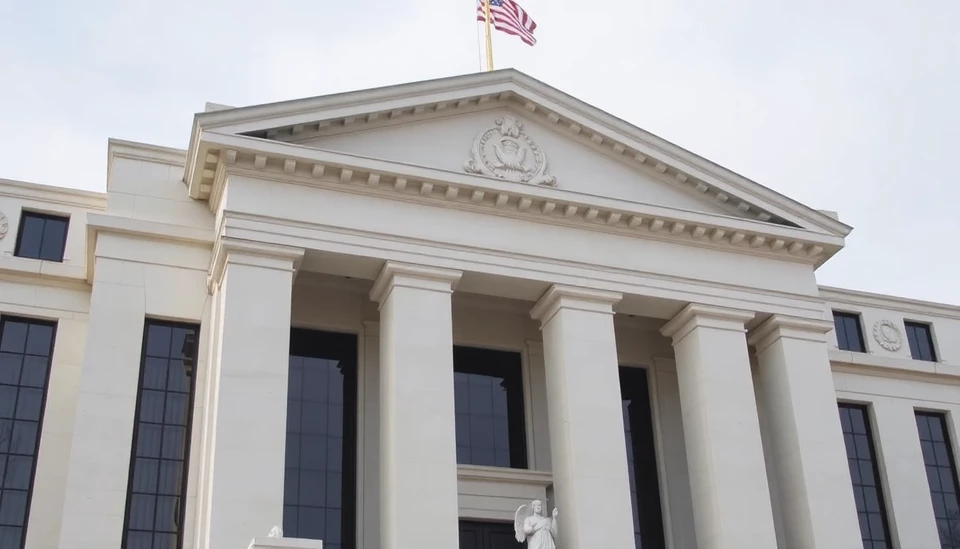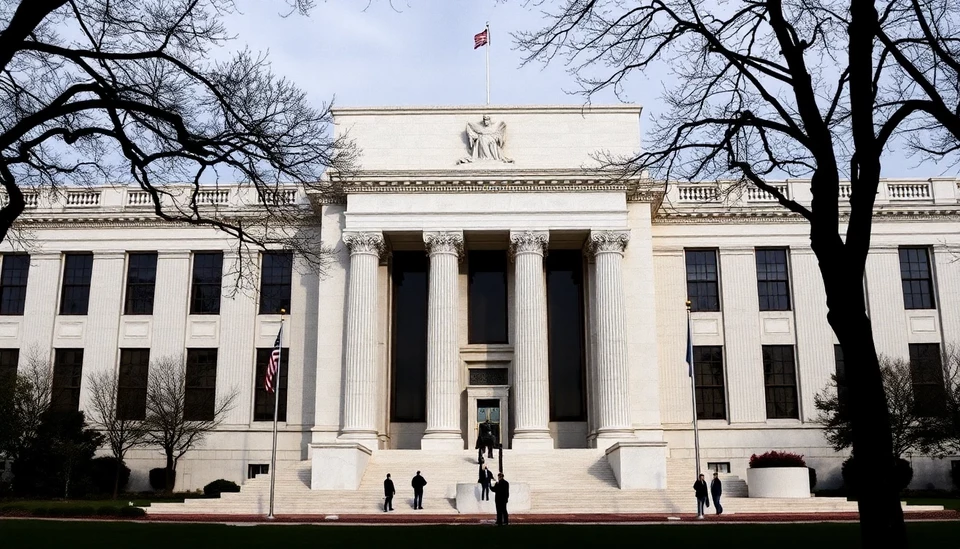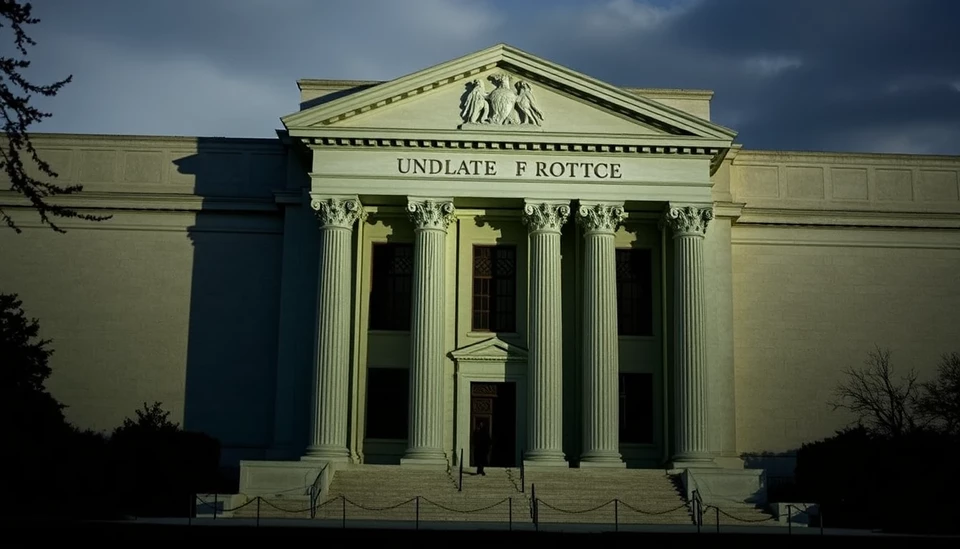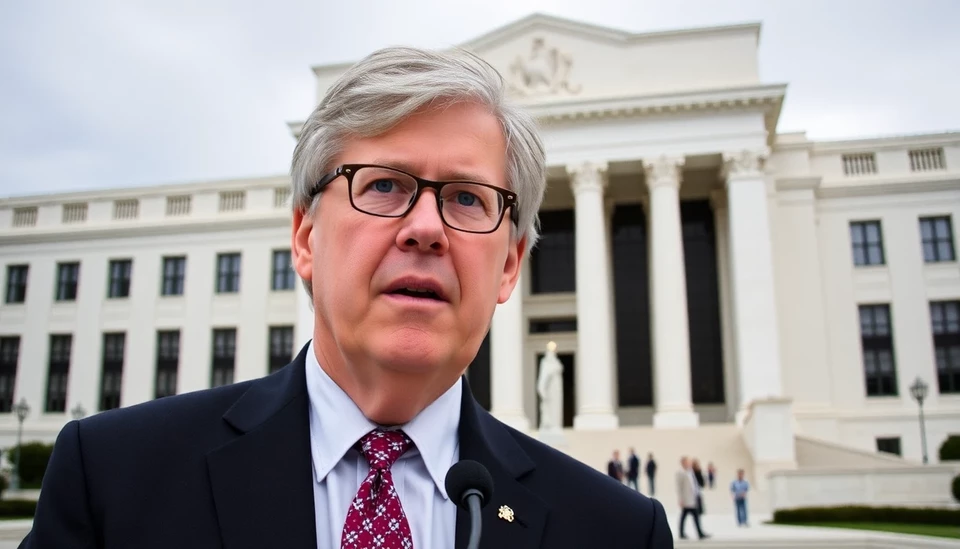
In a noteworthy development for financial markets, the Federal Reserve has made its first adjustment to the rate associated with its reverse repurchase agreement (RRP) tool since 2021. This change, which reflects an evolving stance on monetary policy, comes amid increasing scrutiny of inflation and liquidity management within the banking system.
The RRP facility, a crucial mechanism utilized by the Fed to control short-term interest rates, now features a tweaked rate of 5.40%. Previously, the facility was maintained at a lower benchmark, which many analysts believe contributed to excess liquidity in the financial system. By adjusting this rate, the central bank aims to strike a balance between ensuring adequate liquidity for banks while also managing inflationary pressures that have persisted in recent months.
This decision follows an extensive review of market conditions and signals the Fed's adaptive approach to navigating the complexities of the current economic environment. The adjustment is expected to influence the dynamics of interbank lending, as the RRP rate serves as a critical reference point for short-term financing. Analysts from various financial institutions are now recalibrating their forecasts based on this latest move, with some predicting that further adjustments to interest rates could follow depending on inflation trends and economic growth data.
The Federal Reserve Governor, speaking after the announcement, emphasized the importance of this strategic adjustment: "The decision to raise the RRP rate is part of our commitment to promote financial stability while addressing ongoing inflation concerns. We believe this will provide additional cushion for the banking system." This was underscored by a cautious optimism about the resilience of the U.S. economy, even with recent economic headwinds.
This policy shift comes as the Federal Reserve continues to monitor several key indicators, including consumer prices and unemployment rates, as it seeks to fulfill its dual mandate of price stability and maximum sustainable employment. Market reactions to the news have been mixed, with some investors expressing concerns over how tighter liquidity may impact economic growth. Others see it as a prudent step that could help tame inflation without stifling the recovery.
In summary, the Federal Reserve's recent action marks a pivotal moment in its monetary policy framework, indicating a proactive stance in tackling inflation while supporting the broader financial system. As stakeholders from various sectors digest this news, the implications for future rate policies and market behaviors will undoubtedly unfold in the coming months.
#FederalReserve #InterestRates #MonetaryPolicy #Economy #Finance #Inflation #RRP
Author: Rachel Greene




